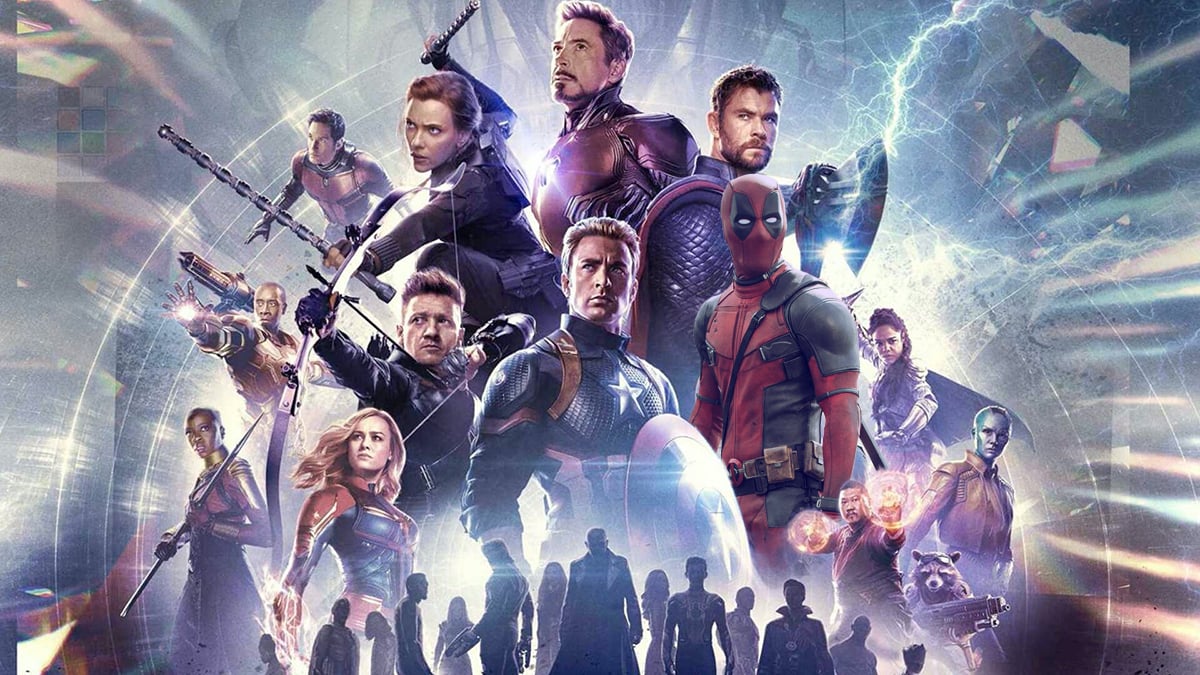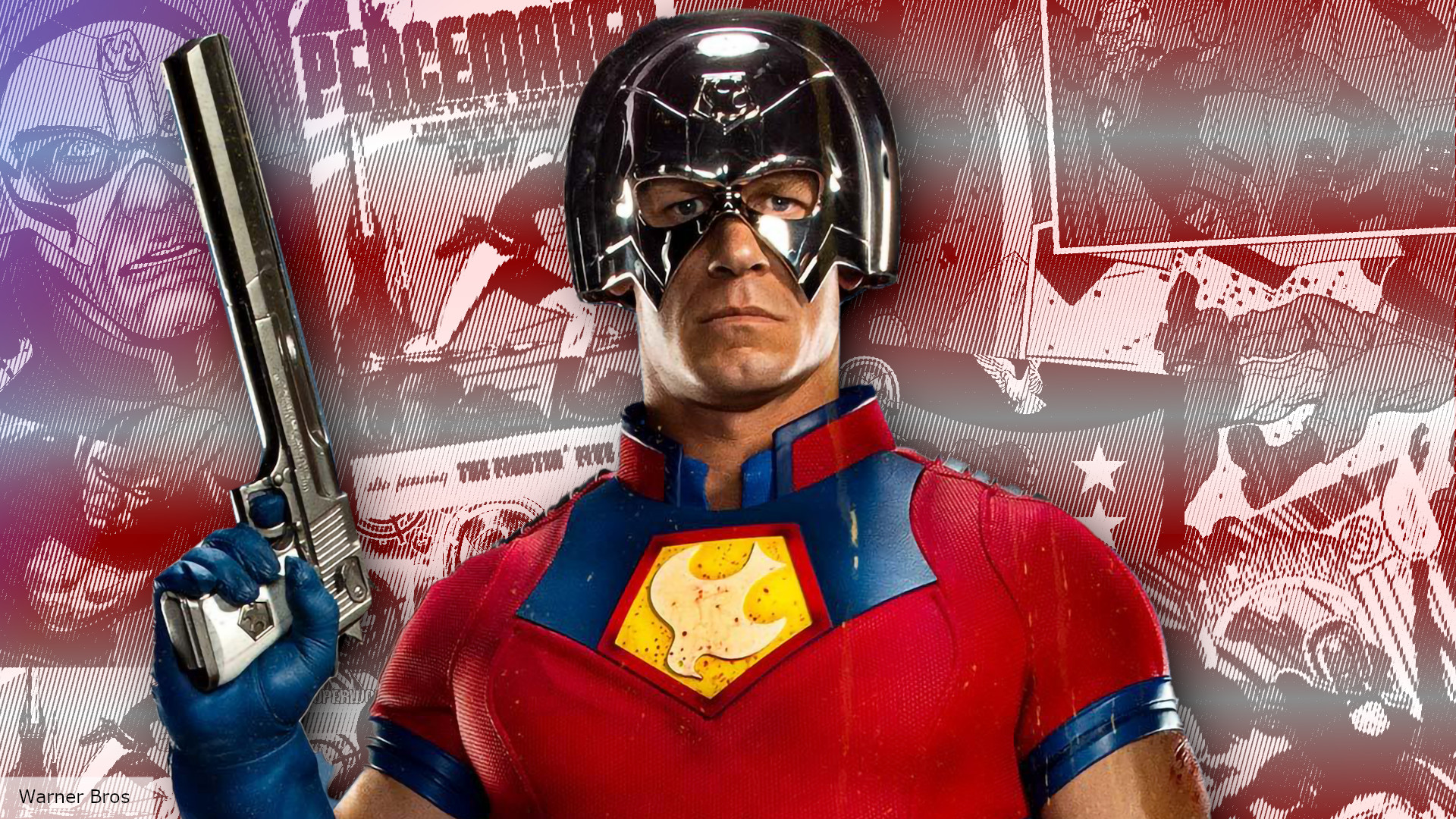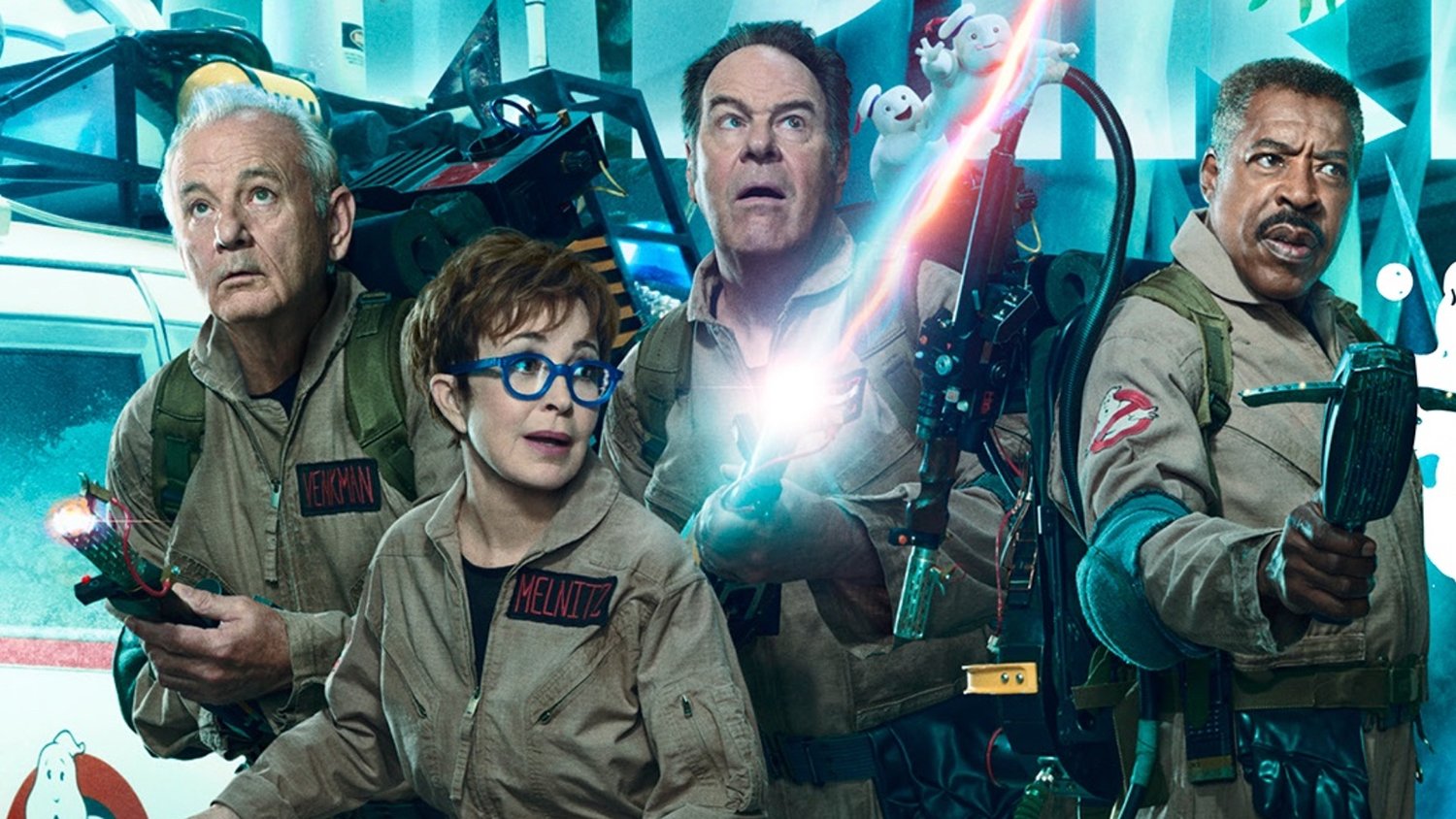One of the most enticing aspects of “The Acolyte” is that it marks the first live-action Star Wars series set outside the Skywalker Saga, specifically 100 years before “The Phantom Menace.” This premise suggests a refreshing change of pace and tone for the franchise. However, the first two episodes reveal that “The Acolyte” looks, sounds, and feels quite similar to its Star Wars predecessors.
This isn’t necessarily a bad thing, as many of the other Star Wars live-action shows have been well-received. “The Acolyte” boasts a strong premise, an intriguing central mystery that unfolds captivatingly, and solid performances. Nevertheless, there seems to be a missed opportunity to fully embrace a unique tone and genre-specific storytelling elements that the story’s setup naturally suggests.
“The Acolyte” centers on the Jedi attempting to capture a serial Jedi-killer, portrayed by Amandla Stenberg, who is driven by revenge. The show opens with this masked assassin confronting Jedi Master Indara (Carrie Ann Moss) in a quintessential Star Wars cantina. What follows is a fight scene that stands out due to its breathtaking hand-to-hand martial arts choreography. This sequence is filmed in a way that makes each strike, parry, and counterattack clear and elegant. The opening fight recalls the iconic battle from “Kill Bill,” albeit with less blood and tension, but it sets an explosive tone for the series.

Despite this dynamic start, the show doesn’t fully capitalize on its initial momentum. With such a violent and intense setup, one might expect a darker, more stylized narrative, perhaps with elements of crime noir. While the main Star Wars trilogy is known for its space opera elements and “The Mandalorian” leans into Western tropes, “The Acolyte” only hints at genre-specific tendencies beneath its space fantasy exterior. The first two episodes, while well-written and engaging, present a story in a manner that feels very familiar to the established Star Wars formula.
The premise and setting of “The Acolyte” offer a perfect opportunity to deviate from the established Star Wars formula. However, the show’s editing, lighting, orchestral score, and the fraught master-padawan relationship all feel too familiar to be truly exciting. While “The Acolyte” comfortably stands alongside other Star Wars TV shows, it doesn’t yet distinguish itself in a significant way.

Although “The Acolyte” isn’t as edgy or subversive as it could have been, it remains highly watchable. The story’s greatest strength lies in its pacing and the way secrets are gradually revealed. This method of storytelling creates a sense of addiction, making the show consistently entertaining.
Amandla Stenberg delivers a compelling performance, particularly as Osha, who is introduced in a manner that causes viewers to question her identity. Her haunting vision of her twin sister Mae adds layers to the story, providing tantalizing glimpses into the characters’ pasts without fully revealing their secrets. This keeps viewers engaged, eager for more answers.
Lee Jung-jae, known for his role in “Squid Game,” brings gravitas and warmth to the character of Master Sol. His interactions with his pupil Jecki Lon (Dafne Keen) and his connection to Osha and Mae are tinged with regret and mystery, suggesting deeper, unresolved issues. Lee’s performance adds a layer of humanity and compassion to the series, enriching the narrative.
The supporting cast, though not deeply explored in the first two episodes, shows promise. Charlie Barnett as Jedi Knight Yord brings an intriguing undercurrent of angst to his by-the-books character. Carrie Ann Moss, despite limited screen time, elevates the show with her brilliant performance in the opening fight scene. Manny Jacinto also impresses in his role as Mae’s fidgety supplier, Qimir.

The placement of “The Acolyte” at the tail end of the High Republic era provides rich thematic implications. This period is generally prosperous, with the Republic uncorroded and the Jedi’s prominence unchallenged. The Sith are in hiding, adding an element of mystique to the story’s dark forces. This setting allows for the exploration of how the seeds of the Sith’s eventual rise were planted.
The show hints at deeper truths and character dynamics without letting these teases distract from the main story. This approach piques interest on a character level, making viewers eager to learn more about characters like Jecki, Yord, and Qimir. The confrontation with Mae at the end of episode two is a high point, showcasing excellent fight choreography and emotionally charged moments.
“The Acolyte” offers a promising new chapter in the Star Wars saga. While it doesn’t deviate significantly from the established formula, its engaging storytelling, compelling characters, and rich thematic implications make it a worthy addition to the franchise. The series’ potential for growth and deeper exploration of its unique setting suggests that it could become a standout as it progresses. For now, “The Acolyte” is a solid, if familiar, entry in the Star Wars universe, with the promise of greater things to come.

Here’s the full release schedule for The Acolyte:
- Episode 1: “Lost/Found” – Aired June 4, 2024
- Episode 2: “Revenge/Justice” – Aired June 4, 2024
- Episode 3: “TBA” – Airing June 11, 2024
- Episode 4: “TBA” – Airing June 18, 2024
- Episode 5: “TBA” – Airing June 25, 2024
- Episode 6: “TBA” – Airing July 2, 2024
- Episode 7: “TBA” – Airing July 9, 2024
- Episode 8: “TBA” – Airing July 16, 2024
What did you think of the first 2 episodes of The Acolyte? Comment below




